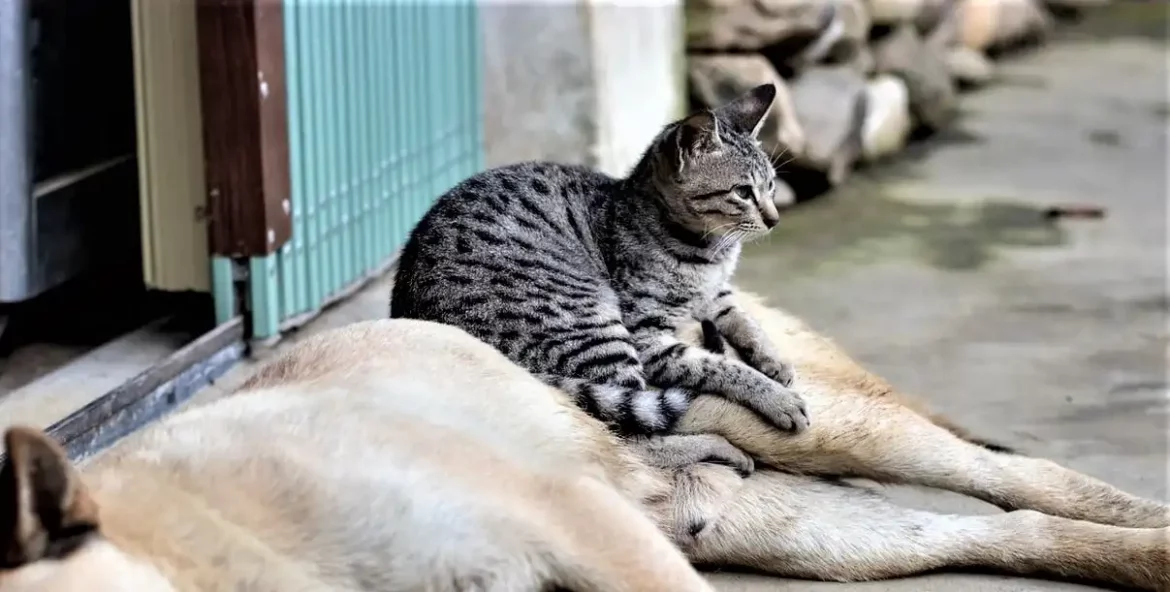We have already observed that the progressive subordination of protection societies to the emotional register of tenderness cannot be understood independently of the continuing rise of domestic pets, not only as a presence within the home but also, and even more importantly, in children’s education. The promotion of dogs, cats, budgerigars, etc., to the role of indispensable tutors, entrusted with a key role in the emotional and social development of children is an underlying motivation for the involvement of later generations in the animal protection movement. Among the initiatives to provide a propaedeutic of kindness, women at the end of the 19th century could turn to a relatively novel source for raising awareness: a number of fictional works retelling the life stories of an animal which would swiftly achieve the status of classics of children’s literature. As we have seen, the pioneers in the use of the innovative narrative technique which consisted of having an animal tell a story in the first person included a number of animal protection activists. This type of story has become so common that it would be almost impossible to draw up an exhaustive list of the countless works which allow rabbits, bears, mice, lions, etc., to speak directly to children.
Indeed, the cognitive and emotional development of children has been accompanied by animals to an even greater extent. The central role played by fictional animals during the earliest stages of socialization also owes a lot to another noteworthy 19th-century pedagogical innovation. Around the middle of the century dolls, which previously looked like adult figures, were increasingly were made to represent infants. A baby doll, often equipped with a bottle, was a new toy which, like a little cat or dog, required care and so served as a kind of “apprenticeship for the maternal role; a renewal of the intentions which a new childish gesture translates, as a prelude to a school of home economics.”
The commercial success of this first toy bear, which was soon renamed Teddy Bear, encouraged other manufacturers to produce all manner of soft toys in the shape of rabbits, kittens, tigers, monkeys, lions, etc. The craze for these objects is intensified by the fact that children were able to use them as a substitute for their first “transitional object,” namely an object which offers an infant the emotional support necessary to gradually free itself from its anxiety-inducing dependence on its mother. Once again, soft toys in the shape of animals are now so commonplace that it is difficult to evaluate their – probably decisive – influence on how representations of and attitudes toward the animal kingdom evolved. In the world of soft toys which children are given to play with, wild animals – such as bears, lions, or wolves – may be found alongside domesticated species such as dogs, cats, and cows. This set of developments, which have shaped children’s socialization, has had an influence on the development of sensitizing devices now widely used by animal protection activists. Soft toys, stickers, children’s drawings, photographs, and film clips are often used to evoke the tender feelings generally closely associated with the very young.
In this regard, three complementary scenes regularly appear. Firstly, images of puppies, kittens, bear cubs and fox cubs, or other “little balls of fluff,” trying to attract their parents’ attention, or rolling around playfully. Secondly, the representation of mutual bonds of tenderness between mothers and their young: a lioness grooming her cubs, does suckling their fawns, a litter of polar bear cubs tagging along behind their mother, etc. Finally, the scenes depict the exceptionally close complicity which can develop between animals and children: a bird perched on the shoulder of a little girl, a small child, and an enormous Saint Bernard cuddling each other, exchanging a lick for a kiss on the nose, etc. Of course, the impact of such images is increased insofar as they evoke caresses exchanged during childhood, between children and real animals or soft toys given them by kind parents. In other words, the encouragement of children from a young age to show kindness toward animals may be a vital way of motivating them to subsequent rally to the animal protection movement.
